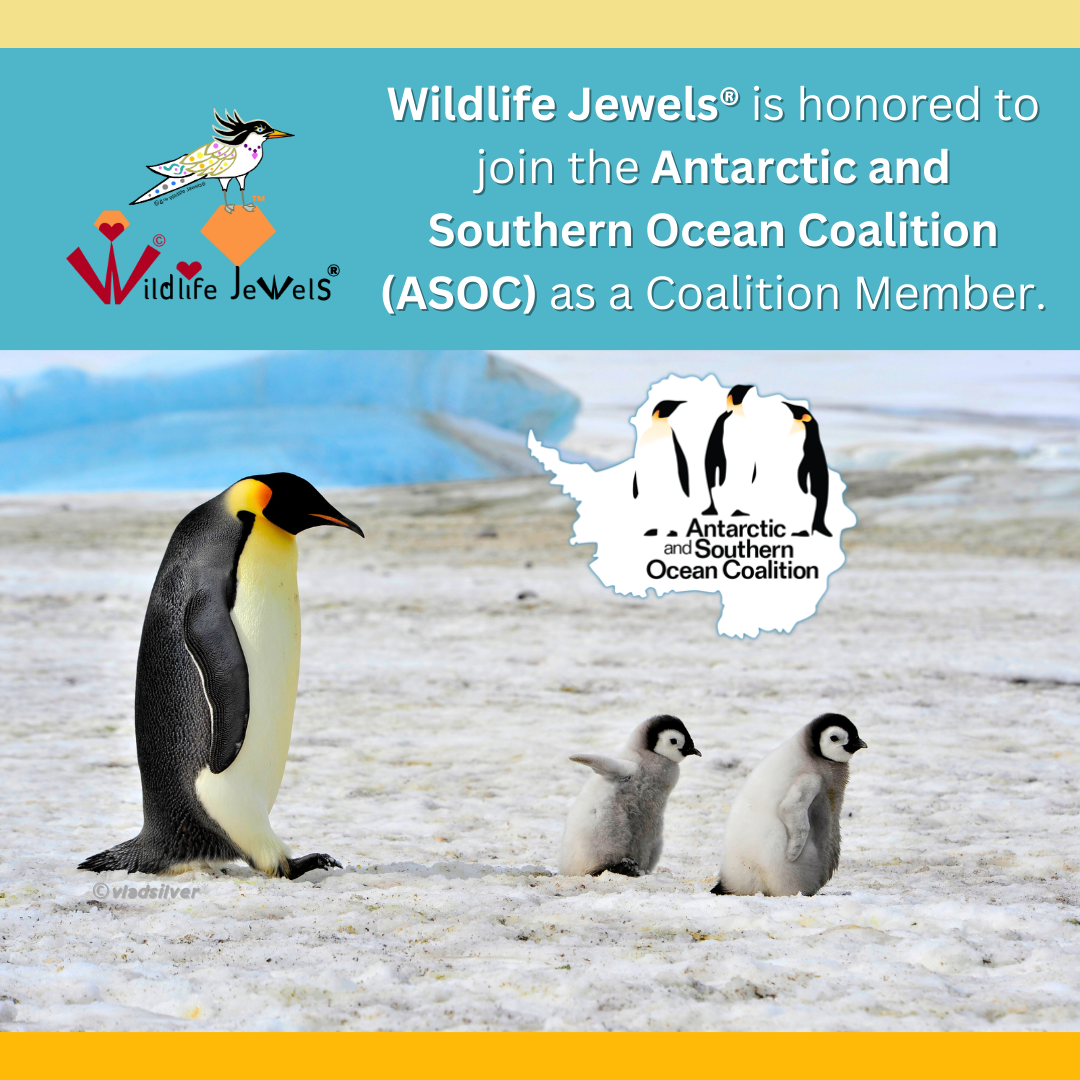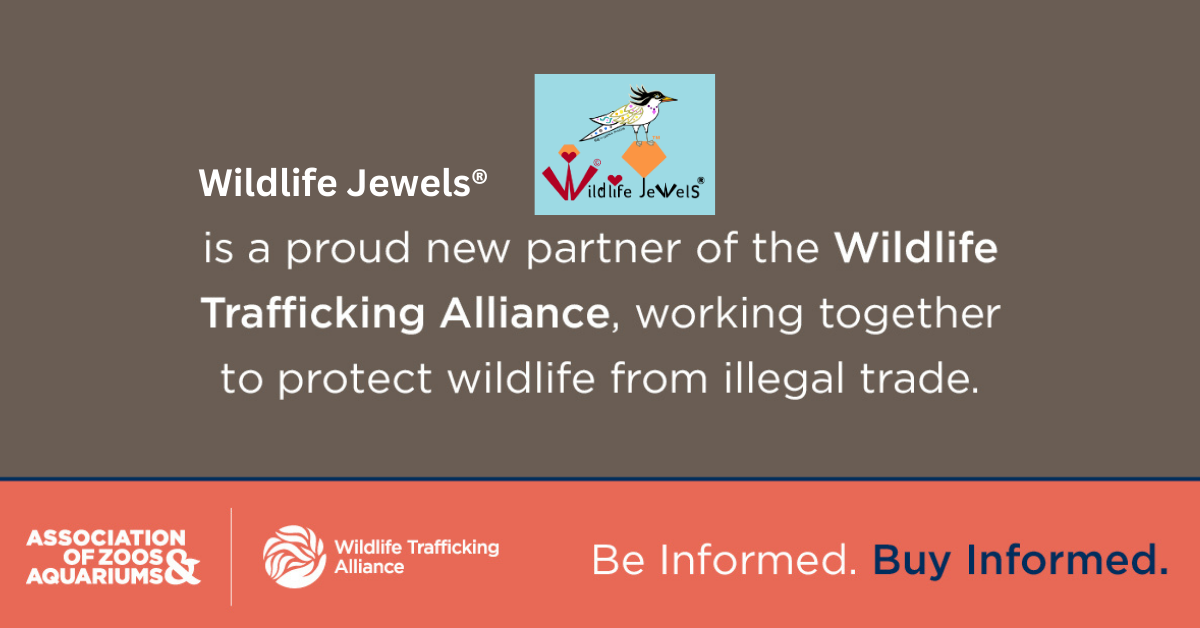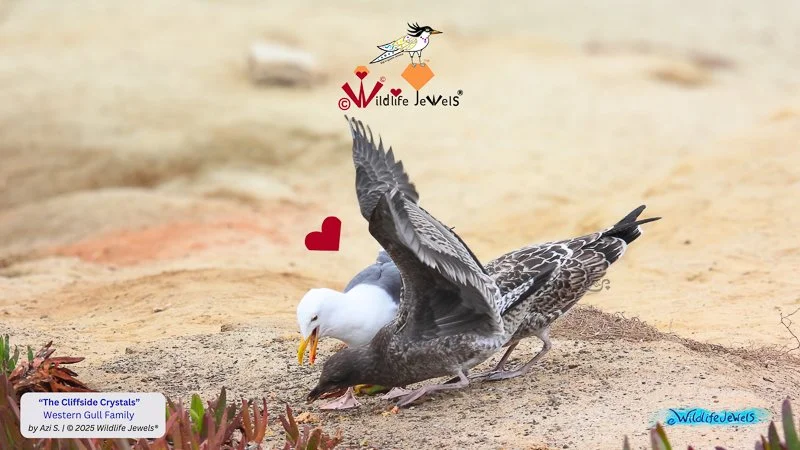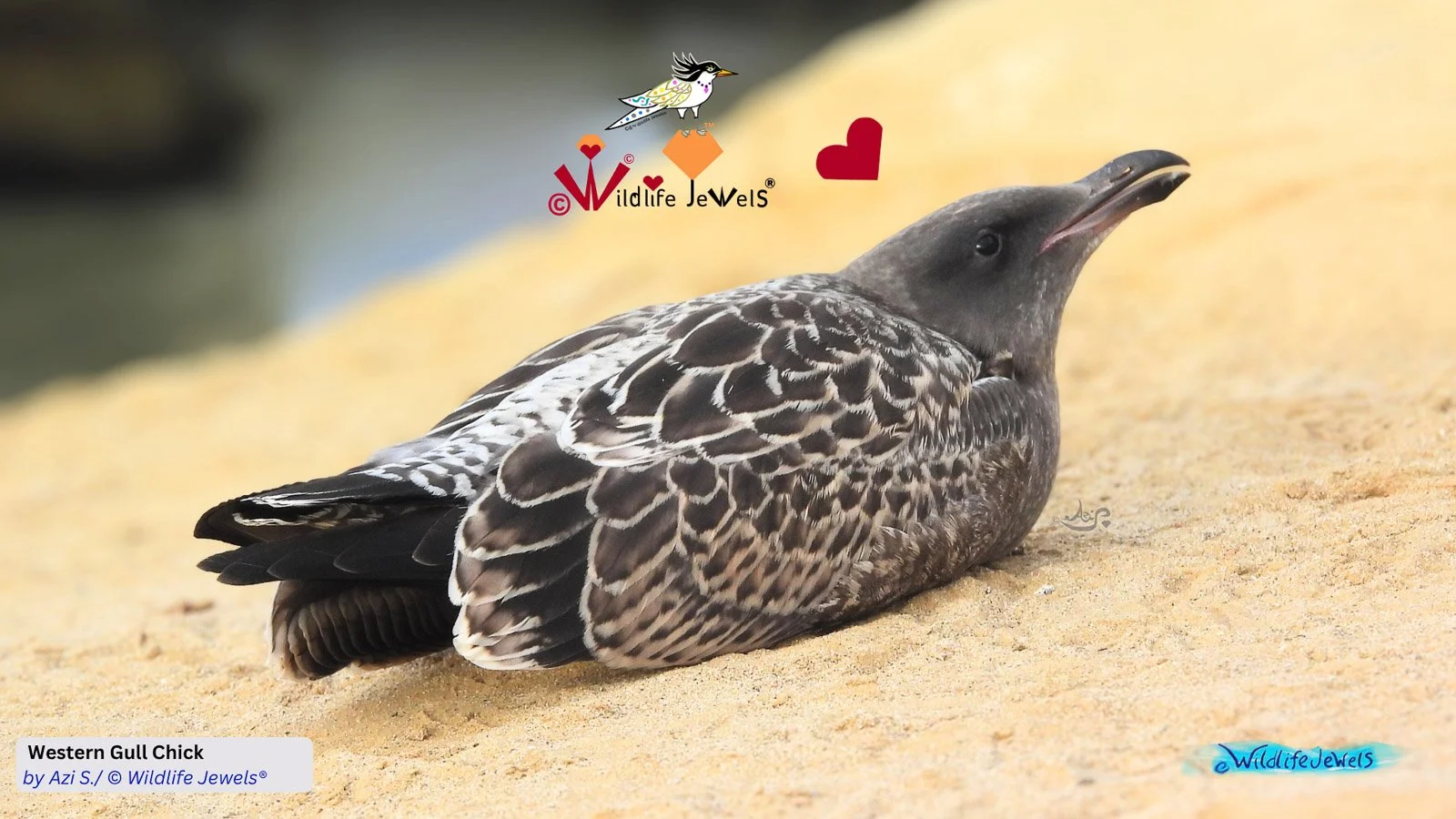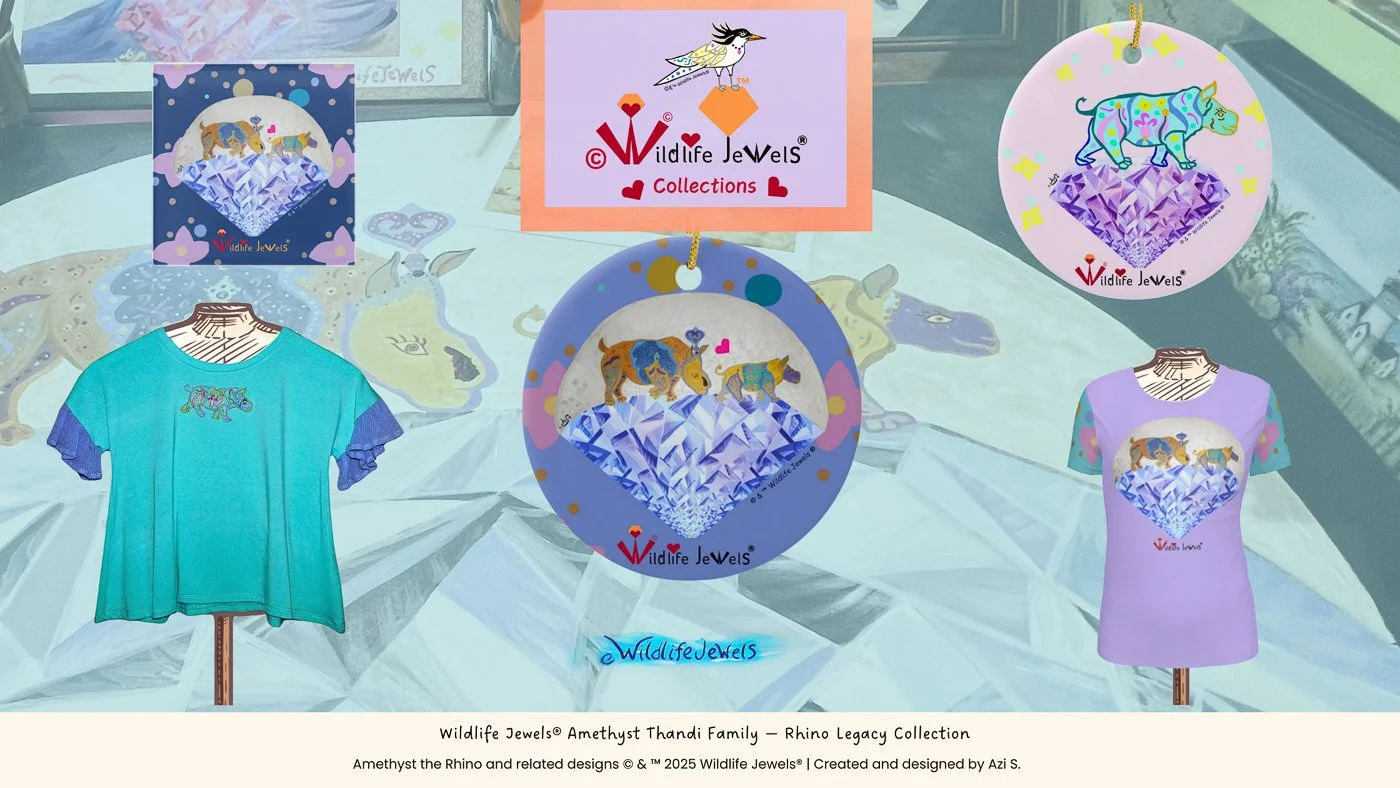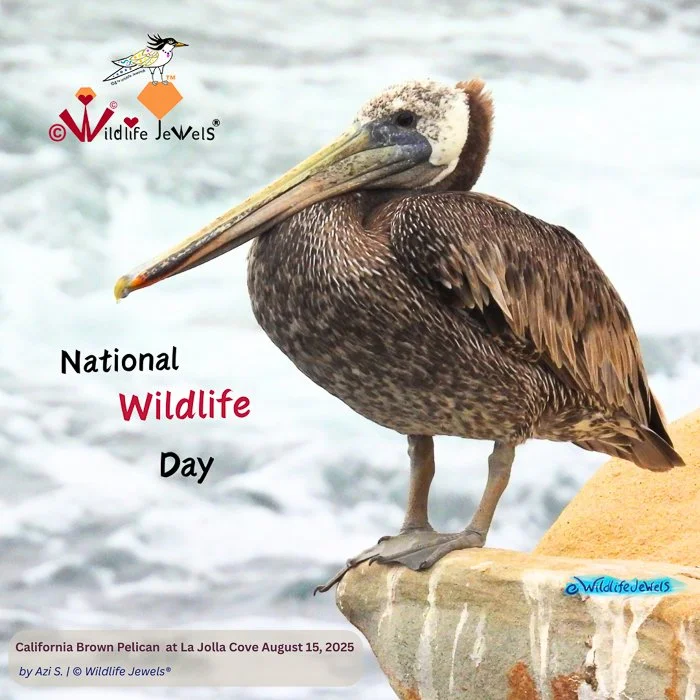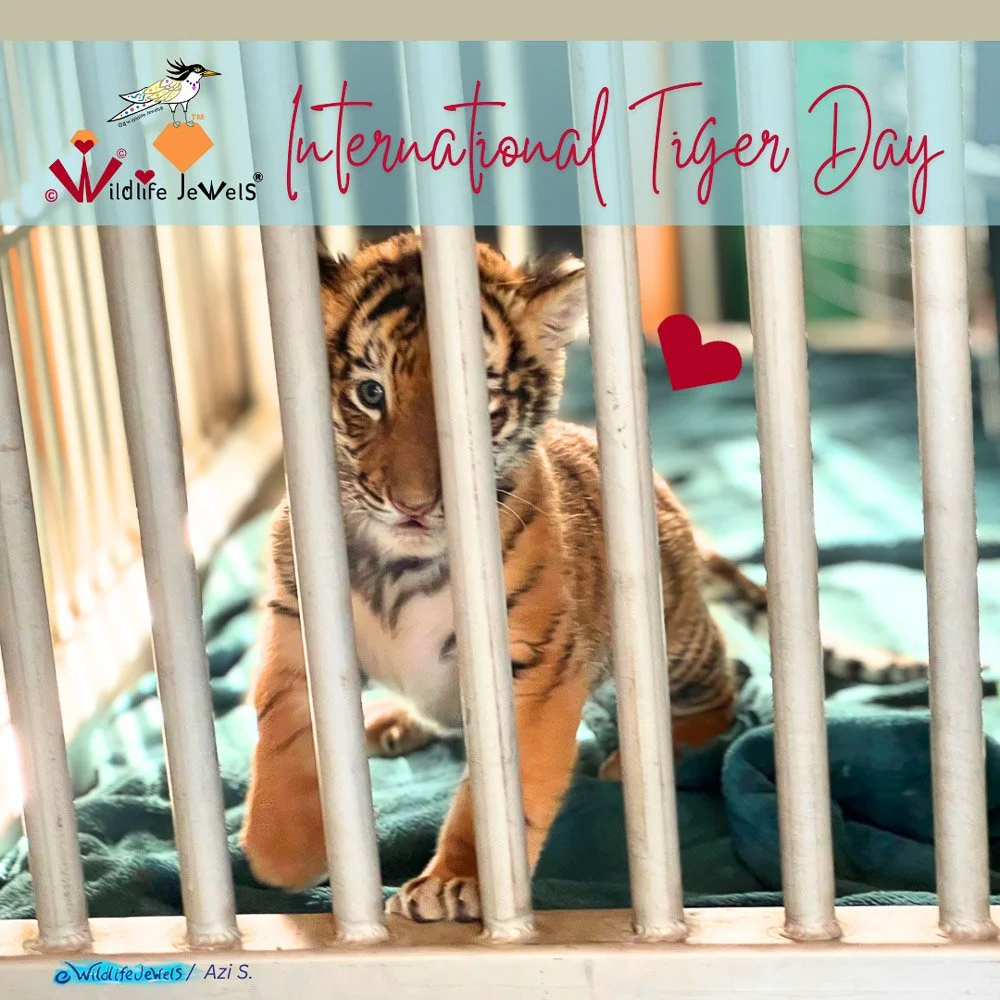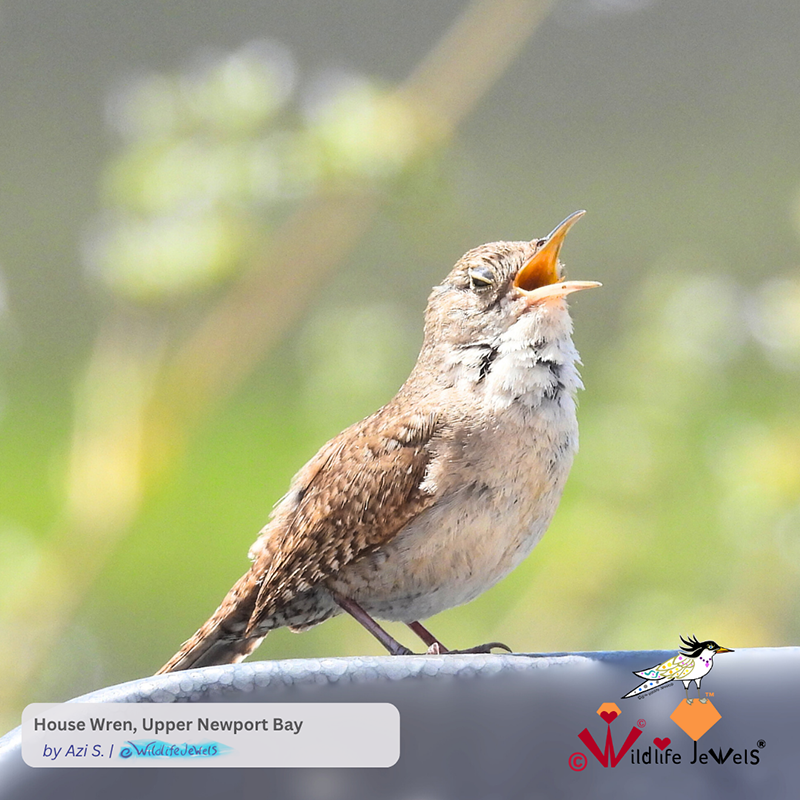The Magic of Albatrosses: Celebrate World Albatross Day

Photo: By Azi S. / © Wildlife Jewels (1) Laysan Albatross at the Wetlands & Wildlife Care Center, Huntington Beach (2) Background: Leonardo da Vinci’s mechanical inventions at Museo Leonardo Da Vinci Florence, Italy
Wildlife Jewels is delighted to celebrate World Albatross Day with a tribute to our majestic ocean wanderers—and meet Coral, a precious Laysan Albatross recently rehabilitated at the Wetlands & Wildlife Care Center after suffering from domoic acid poisoning.
We’re inspired and delighted to introduce Coral as the centerpiece of a special new capsule-collection within our Wildlife Jewels Collections—coming soon!
Today, we honor the magic of albatrosses—22 known species gliding effortlessly across the world’s oceans.
Did you know? As early as the 15th century, Leonardo da Vinci studied albatross flight to inspire his flying machine designs.
Let’s celebrate their beauty, support albatross conservation, and help protect them from rising threats— from overfishing and bycatch to plastic pollution.
Threats to Albatrosses
1. Overfishing
Overfishing depletes the populations of squid, fish, and krill that albatrosses rely on—especially during breeding when adults must travel long distances to find food for their chicks.
2. Bycatch in Longline and Trawl Fisheries
Albatrosses are drawn to baited hooks and often drown after being hooked or caught in trawler cables.
An estimated 100,000 albatrosses die each year from fisheries bycatch.
Some species have lost up to 60% of their global population in recent decades due to this threat alone .
3. Plastic Pollution
Albatrosses mistake floating plastic for food; nearly 98% of Laysan albatross chicks ingest plastic from their parents.
Ingested plastic causes starvation, impaired digestion, toxicity from pollutants (PCBs, heavy metals), and often death
4. Oil Spills & Chemical Pollution
Oil fouls feathers, reduces insulation and waterproofing, and poisons birds.
Plastic often carries PCBs, methylmercury, and other toxins that harm albatrosses.
5. Light & Marine Infrastructure
Artificial lighting from boats and offshore installations disorients fledglings, leading to collision or grounding.
Offshore wind farms and platforms also pose collision risks and habitat disruption.
Wildlife Jewels Conservation Collaborators Updates













